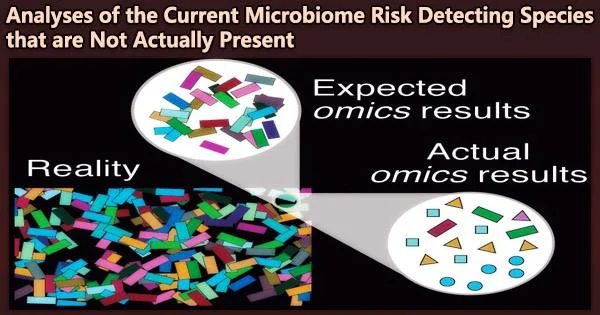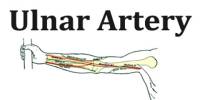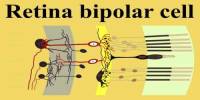Due in large part to the insufficient databases used to identify microbial DNA sequences, common ways to examine DNA from a community of bacteria, known as a microbiome, might produce inaccurate results.
A team led by Aiese Cigliano of Sequentia Biotech SL, and Clemente Fernandez Arias and Federica Bertocchini of the Centro de Investigaciones Biologicas Margarita Salas, report these findings in a paper published February 8 in the open-access journal PLOS ONE.
Microbiomes have been the focus of intense research efforts in recent decades. These investigations span from efforts to comprehend disorders like obesity and autism via examination of the human gut to discovering bacteria that break down hazardous substances or make biofuels through investigation of environmental populations.
Comparing the DNA extracted from a biological sample to sequences in genome databanks is the foundation of the most used techniques for researching microbial communities. As a result, only DNA sequences that are already present in databases can be identified by researchers, which seriously jeopardizes the accuracy of microbiome data in unforeseen ways.
This study reveals intrinsic constraints in metagenomic analysis stemming from current database limitations and how genomic information is used. To enhance the reliability of metagenomic data, a research effort is necessary to improve both database contents and analysis methods. Meanwhile, metagenomic data should be approached with great care.
The authors
Researchers used computer simulations to build virtual microbiome communities that mimic real-world bacterial populations in order to assess the consistency of the current approaches to microbiome analysis. They examined the virtual communities using conventional methods and contrasted the findings with the original makeup.
The experiment demonstrated that a high percentage of the species “detected” by the study are not truly present in the community and that the findings of DNA studies may not accurately reflect the composition of the community.
The study shows for the first time that the methods currently in use to detect microbial communities have serious faults. In order to boost the precision of microbiome analysis, the researchers suggest that more has to be done to collect microbial genomic information and make that information accessible in public databases.
Until then, it is advisable to proceed with caution when interpreting the findings of microbiome investigations, particularly when there is a paucity of genetic data from those habitats.
The authors add: “This study reveals intrinsic constraints in metagenomic analysis stemming from current database limitations and how genomic information is used. To enhance the reliability of metagenomic data, a research effort is necessary to improve both database contents and analysis methods. Meanwhile, metagenomic data should be approached with great care.”
















